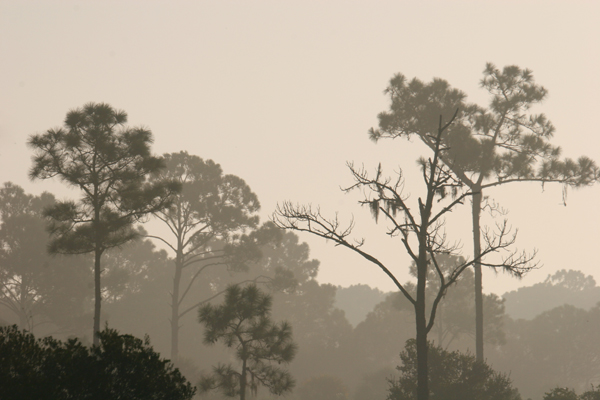
I went to the Occular Cell & Molecular Biology (OCMB) meeting in Florida last week and although while I must say that while I am getting tired of travelling to Florida for meetings, Sarasota is MUCH nicer than Ft. Lauderdale. On the gulf coast of Florida, one has fewer headaches, and while the East coast of Florida is urban hell all along the south coast, the West (or Gulf side) coast is beautiful when you get away from Tampa. The beaches are rather nice with an amazing diversity of birds on the beaches as well as in the bay south of Tampa. We stayed at the Colony Beach & Tennis Resort on Longboat key which was reasonably nice although the wood in some of the buildings is in need of repair and the sounds of folks staying upstairs from you can get tiresome as they walk back and forth over squeaky floors. Beach access was wonderful though making possible late night runs on the beach under the moon with the waves of the gulf lapping at your feet.
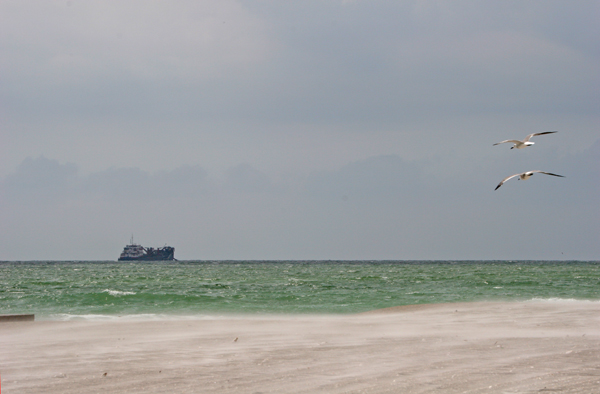
It would be nice to have more of our vision meetings closer to home on the west coast or intermountain region so I don’t have to take so much time out to travel to the meetings. But I suppose that they are engineered this way to enable folks to travel a bit. The problem of course for junior faculty members is that we have not nearly as much in the way of time and resources that more senior faculty have. We therefore end up with not so much time to enjoy the side trips or take a couple of days off around the ends of the meetings to fish, travel etc…. But I do have to wonder……can someone please explain to me what the obsession with Florida that ophthalmologists and vision scientists seem to have?
We ate at a couple of restaurants including the Columbia restaurant where I had the Complete Cubana which was tasty, but a little too salty. We also went out for eats at Walt’s where I was looking for a tasty steamed blue crab dinner. Eats were also had at The Silver Cricket. The food was sooo tasty the first night that we went back for a second helping a couple of days later. The bronzed tuna, scallops on the half shell, lobster salad martini, crispy duck spring roll and marinated quail were fabulous. Unfortunately, the second time appeared to be staffed by the B crew as things were not quite as good. The Crab sushi roll was tempura fried and I believe the oil was not quite hot enough. Frying did nothing for the roll and nothing for the chicken cordon bleu. If you go, I would suggest making the trip on the weekend and ordering from the tapas portion of the menu.
Over the years, the folks that have been coming to ARVO since the beginning have raved about how lovely things were when the meetings were held in Sarasota. I understand now what they were talking about. There is no comparison really as the Ft. Lauderdale region is looking so much like southern California with all of the development that any sort of local flavor is pretty much lost. You are left with strip malls and highways that superficially cover up any elements of cultural diversity that may have been apparent in the past. Sarasota still has an element of local flavor and if you go out onto the keys, the beaches (in the slow season at least) are sparsely populated even though the water is warm and the sand on the beaches have the consistency of fine granular sugar.
Went to the Classic Car Museum in Sarasota where they had some great cars including…. a Ferrari Maranello, an old 1948 Chrysler Town & Countries (it’s sad what that model has become these days), MGs, Austin Healys, an Iso Rivolta, a Maserati Ghibli, and Studebakers! Not to mention a very funky Subaru among others. But the real car show is out on the streets of the keys where people have a not insignificant amount of disposable income. I saw Bentleys, Ferraris, Aston Martins and a Maybach! in addition to the myriad garden variety Mercedes, Porsches and such. Given the price of gasoline however, I would really prefer to be seeing more Smart cars. Smart, are you listening?
My favorite part of the trip however, was the biology. No, not the talks. (Although there were a couple of very good talks by David Papermaster and Steven Daiger). The biology I am referring to was the animal life to be found on tidal flats at night, and in mangrove swamps and bird sanctuaries. The second night in Florida this trip, we went for a walk through the tidal flats at night in hopes of seeing lots of fish, rays, and other things of interest to biologists, but that was not nearly as successful as the trip out to some coastal mangroves to do some bird watching near tidal flats that I saw from the highway. Lots of birds including pelicans, herons and willets were present along with limulus crabs (horseshoe crabs) which are fascinating creatures that evolutionarily predate almost all other currently living organisms, can detect ultraviolet light and are critically important for biomedical research and health. At any rate, the trails we followed were crossed with the most amazing spider webs. You could not see them initially, but you could absolutely feel them as the silk was quite strong and did not give way easily (think Shelob). Nevertheless, I managed to clear just about all of the webs for us with my face while we walked along the trail in search of birds.
Because we were shooting before sunrise, there was not a lot of flux available, demonstrating to me why photographers are constantly purchasing new and ever more expensive lenses. Sorry H, but I now realize that I need faster glass. I have some rather nice lenses with image stabilization features which allow you to handhold shoot at much slower shutter speeds, but if you don’t have the light flux available, gyroscopes are going to be of limited help, especially when trying to capture action. Therefore, you need faster lenses with fewer, higher quality elements (and image stabilization) which simply means you throw more dollars at the problem, right?
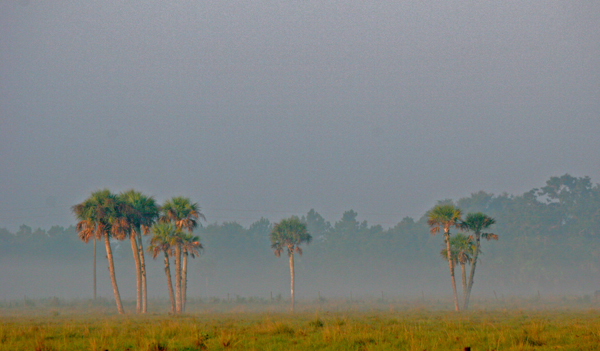
The day before we left Florida, a little trip out to Myakka River State Park to see more birds was in order. The bird life there was simply amazing. I’ve had some pretty wonderful bird sightings on trips for vision meetings including rosy crested galas in Australia, emus, sulphur crested cockatoos, parrots and parakeets of all kinds and even fan tails in New Zealand, but never have I seen the number of birds I saw at this park at one time. Not only were they great in number, but they were fairly sizable birds as well. I am looking forward to more sightings in the not too distant future of other diverse areas such as Hawaii and Bariloche, Argentina.
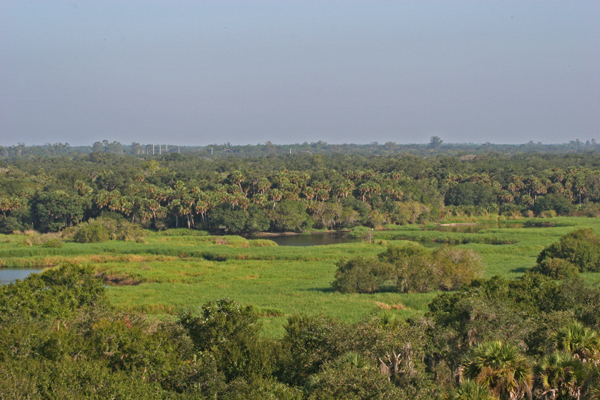
On this trip however, I saw the following organisms in their natural habitat:
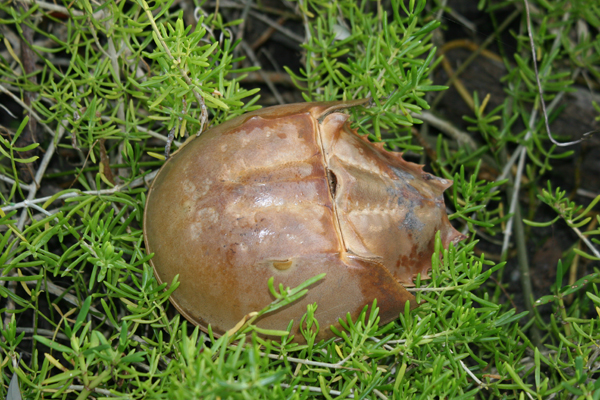
The Florida horse conch, which makes for tasty tempura fried bits. They are also tasty as sashimi, but do take some getting used to. The Horseshoe crab, or Limulus which are truly bizarre and ancient creatures with TEN! “eyes” covering various parts of the crab. These animals are not that distantly related to trilobites.
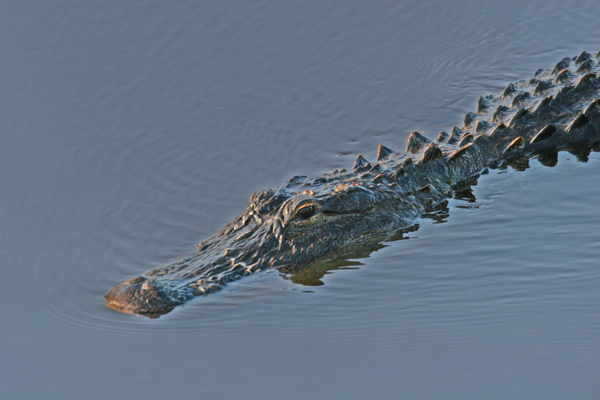
I saw sand crabs, Blue crabs, sand dollars, anoles, fungi and alligators.
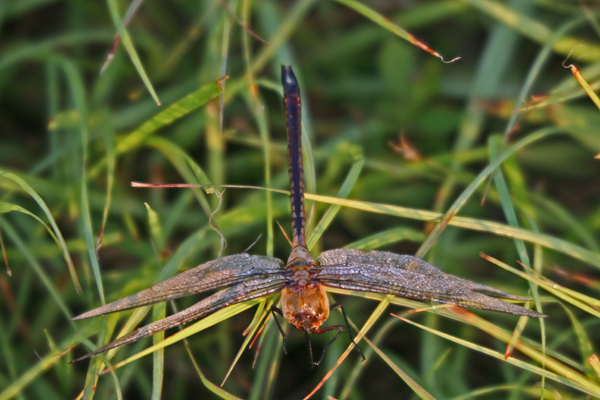
I love dragonflies and there were some truly large dragonflies on this trip that were truly some of the largest I’ve ever seen. Although it should be noted that back in the Carboniferous era dragonflies reached the truly stunning size of 29 inch wingspans. Yikes!
The following bird species were also found:
The Brown pelican (Pelecanus occidentalis), which are always fun to watch when they are feeding. Flying above their targets, they angle in with a spectacular dive into the water, scooping up their eats in the pouch attached to their lower bill.
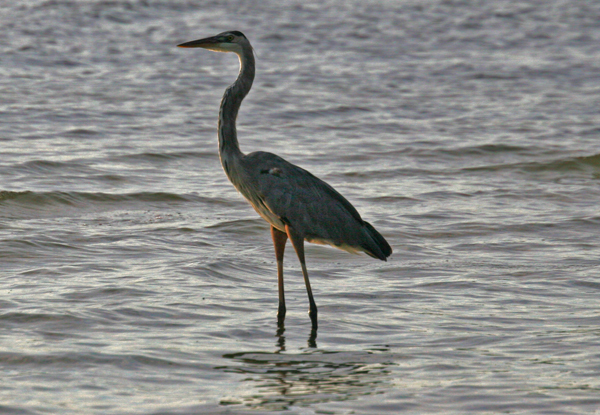
The Great Blue Heron (Ardea herodias), is a majestic bird that positions itself in the shallows to feed and stands motionless until they spot something tasty. Also seen but not adequately photographed were the double crested Cormorant (Phalacrocorax auritus), which are amazing animals that along with the Anhinga (Anhinga anhinga), have a wonderful display of extending their wings to dry after swimming and feeding. They also have been considered in the past to be a pest to fisheries because of their extraordinary abilities to capture fish.
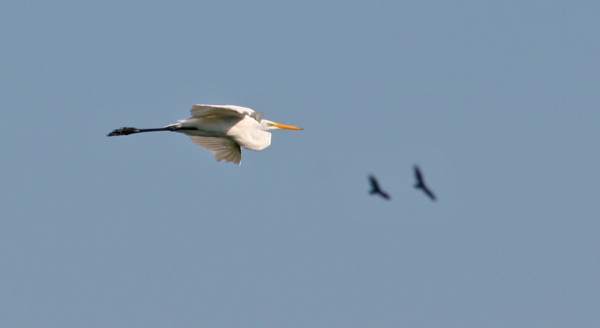
The Great Egret (Ardea alba) is actually a larger heron than the Great Blue, but the name Great Egret stuck. Interestingly, this bird became the symbol of the Audubon Society.
The Snowy Egret (Egretta thula) is a smaller but much more active heron species while the Little Blue Heron (Egretta caerulea) is only blue as an adult. As a juvenile, it is actually white which can complicate identification somewhat. One of my favorite scenes with the Snowy Egret on this trip was watching one hunt by stretching out a foot and shaking it gently back and forth just below the surface of the water to stir things up.
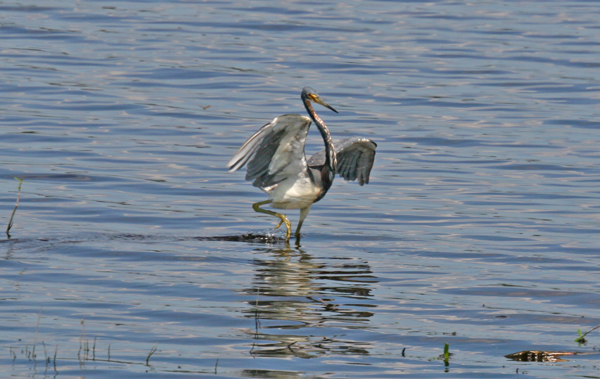
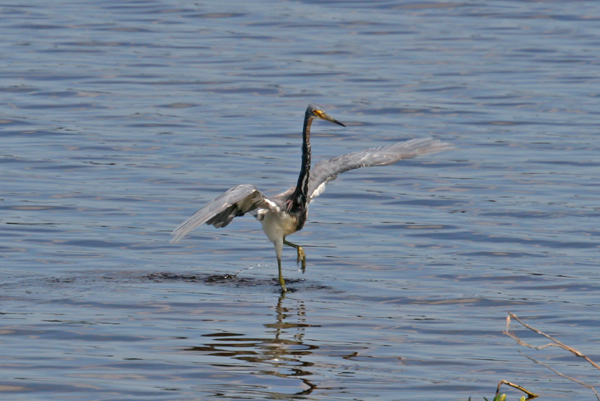
The Tricolored Heron (Egretta tricolor) was actually one of my favorite birds this trip. As seen in the previous two images, this bird is very active while hunting, resorting to outstretching its wings and running around to stir prey up underneath the water.
The Cattle Egret (Bubulcus ibis), originally from Africa is a small white heron and true to its name can be found around cattle feeding in the grass on the insects that they stir up when moving. It arrived in the United States around 1941.
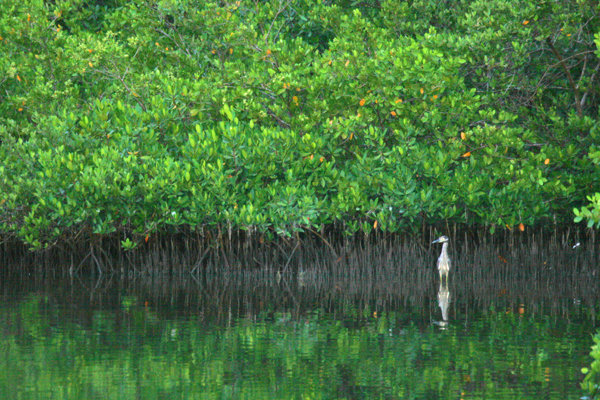
The Yellow crowned Night Heron (Nyctanassa violacea). This shot was fortuitous as I was creeping along hoping not to stir anything up. It was quite dark at this point so the Canon Image Stabilization feature helped immensely.
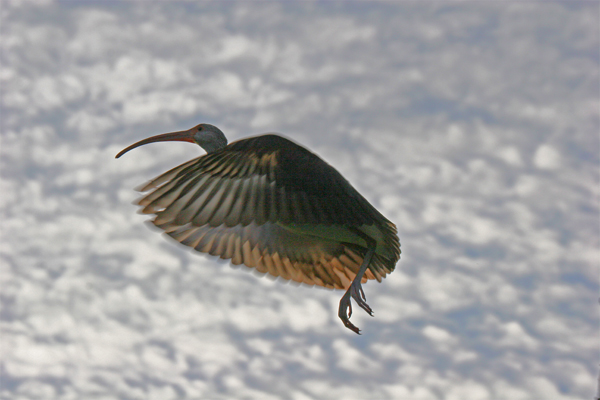
The White Ibis (Eudocimus albus) are striking appearing birds with an equally impressive call. I was pretty happy with the way this image turned out, but it needed a bit of help from Photoshop to bring out details that were hard to get with my current lenses.
The Glossy Ibis (Plegadis falcinellus) was also seen, but I simply failed to get a picture.
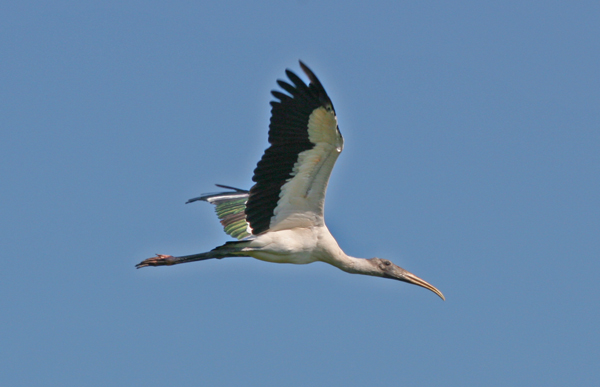
The Wood Stork (Mycteria americana) is one of those birds that makes you realize that this is where the dinosaurs have gone. Looking at the skull and bill of this wonderful bird, you can easily see how these animals are the decedents of the “terrible lizards”.
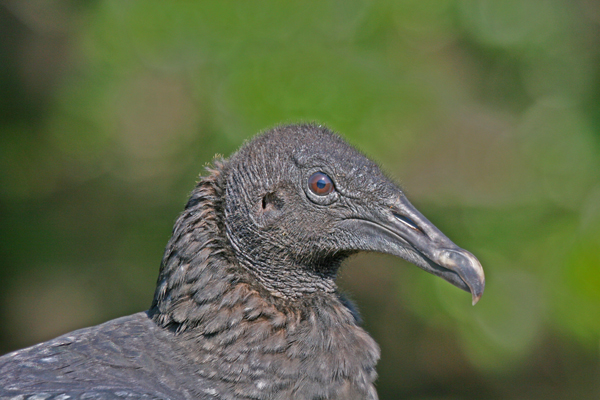
The Black Vulture (Coragyps atratus) was a bit of a surprise to me. They certainly are not skittish animals, as I was able to get very close to a couple of them as evidenced by this image.
The Turkey Vulture (Cathartes aura) was present in surprisingly large numbers that would fly in large groups looking for an opportunistic meal.

The Osprey (Pandion haliaetus) is one of my favorites, but unfortunately this is as close as I could get to one.
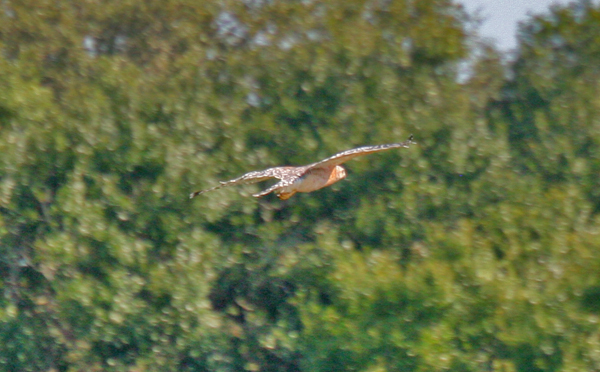
We saw a couple Red shouldered Hawks (Buteo lineatus), but this one was the more exciting experience. We were standing on a bridge when this piercing scream came out of the trees and this bird came swooping low over the treetops calling constantly in the most amazingly loud cry I have ever heard from a bird. It was one of the most amazing wildlife experiences I’ve ever had.
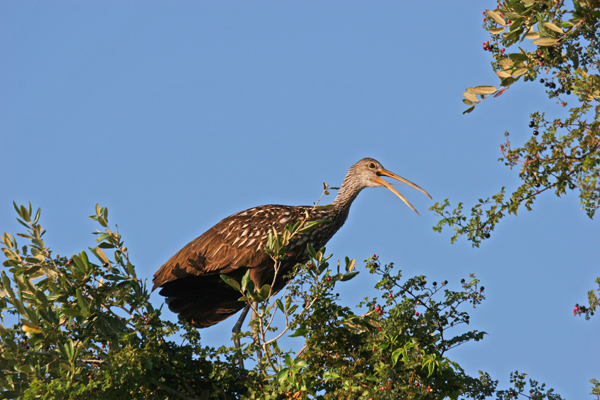
This Limpkin (Aramus guarauna) was one of the first birds we saw when entering the park. It was standing in a treetop, calling out to other limpkins and keeping a watchful eye on the alligators below.

These little Black bellied Plovers (Pluvialis squatarola) were everywhere and I was surprised I could get this shot as they are normally quite skittish.
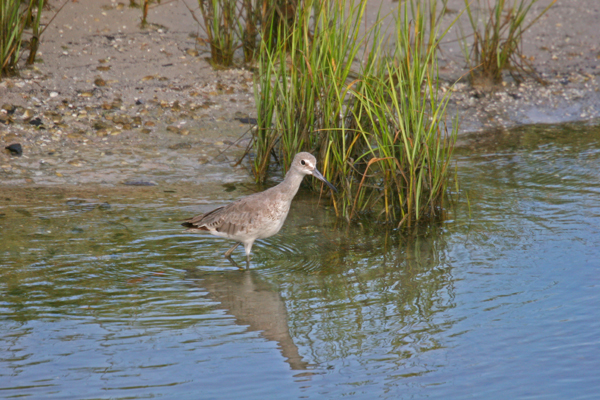
The Willet (Catoptrophorus semipalmatus) is a large sandpiper. We saw them on the shore and in the mangroves as well as in the rivers.
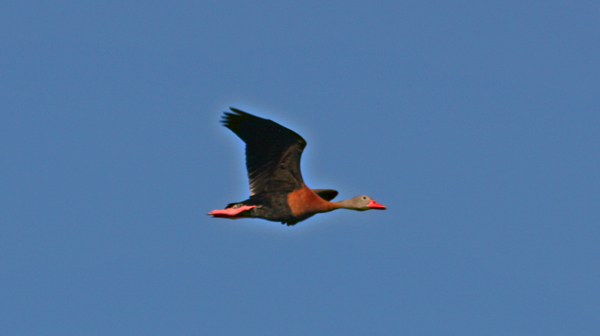
I was pretty happy to see the Black Bellied Whistling Duck (Dendrocygna bicolor). I don’t know why, but for some reason, even as a child, I’ve always loved ducks.
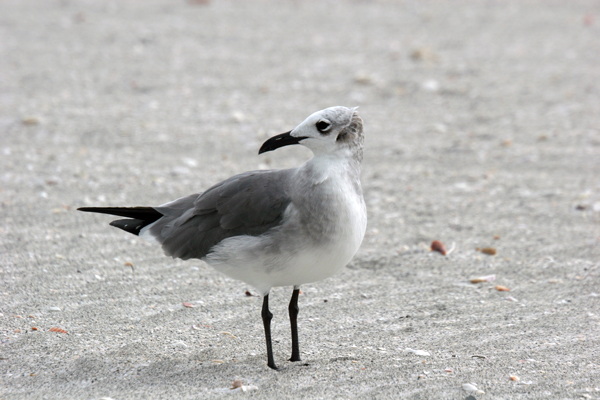
This Laughing Gull (Larus atricilla) is in it’s first winter plumage.
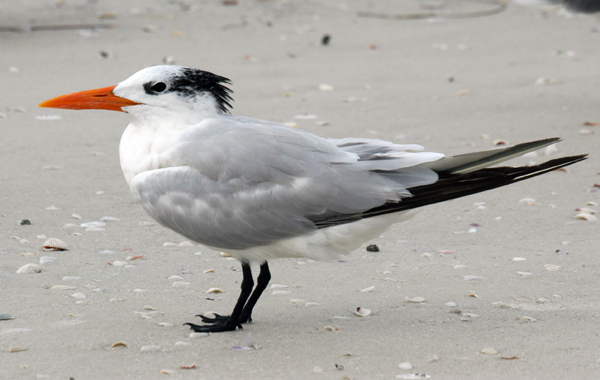
I love the “haircuts” on the Royal Terns (Sterna maxima). Both the feathers on the head and the Latin name are kinda punk.

The Pileated Woodpecker (Dryocopus pileatus) or Woody Woodpecker is a large woodpecker, almost as large as a crow.
The Sandwich Tern (Sterna sandvicensis) is also another bird with a cool “haircut” that is most obvious in threat display. Unfortunately I did not get a photo of it or of the following species which were observed, but not photographed. The Mourning Dove (Zenaida macroura), the Belted Kingfisher (Ceryle alcyon), and the Common Moorhen (Gallinula chloropus).
Update: 01/19/2014
The Image of the black vulture above was reprinted in “Vision In Cathartid Vultures” in The Anatomical Record, authors are: Thomas J. Lisney, Karyn Stecyk, Jeffrey Kolominsky, Gary R. Graves, Douglas R. Wylie and Andrew N. Iwaniuk.
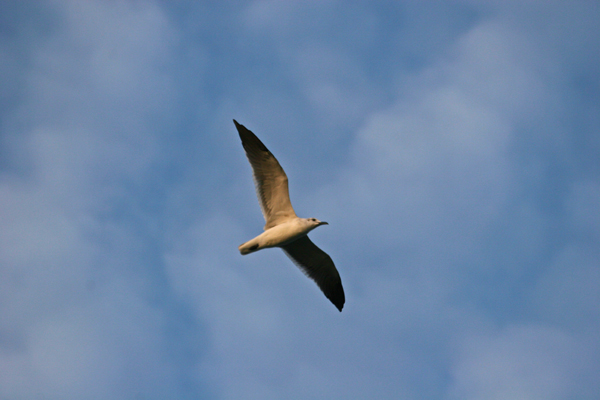
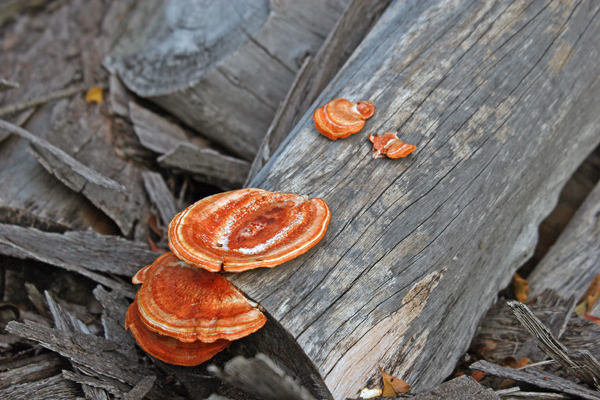
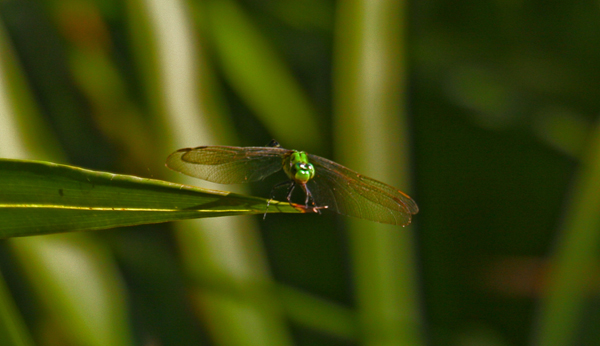
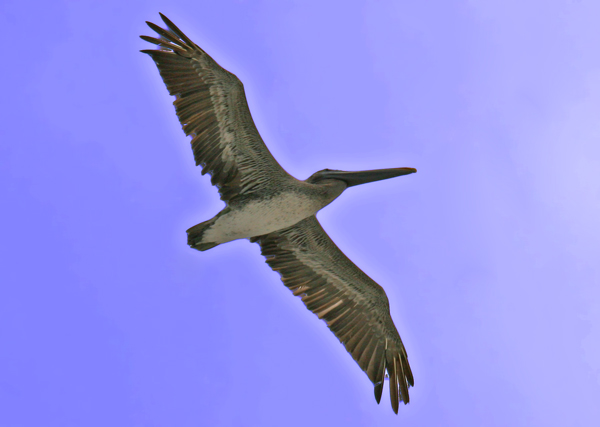
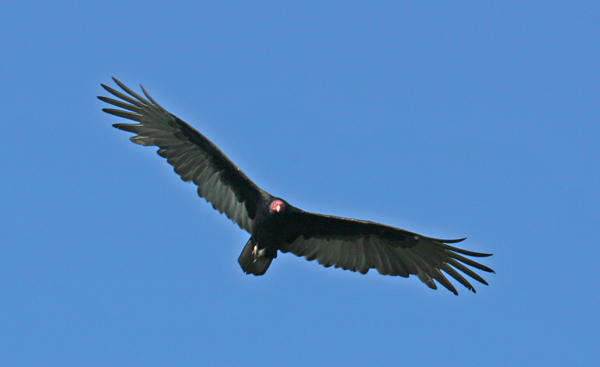
beautiful photos capturing Floridian birds! I’m visiting the panhandle and am dazzled by the blue herons. found your site to get better sketches of them so i can paint them. thank you!